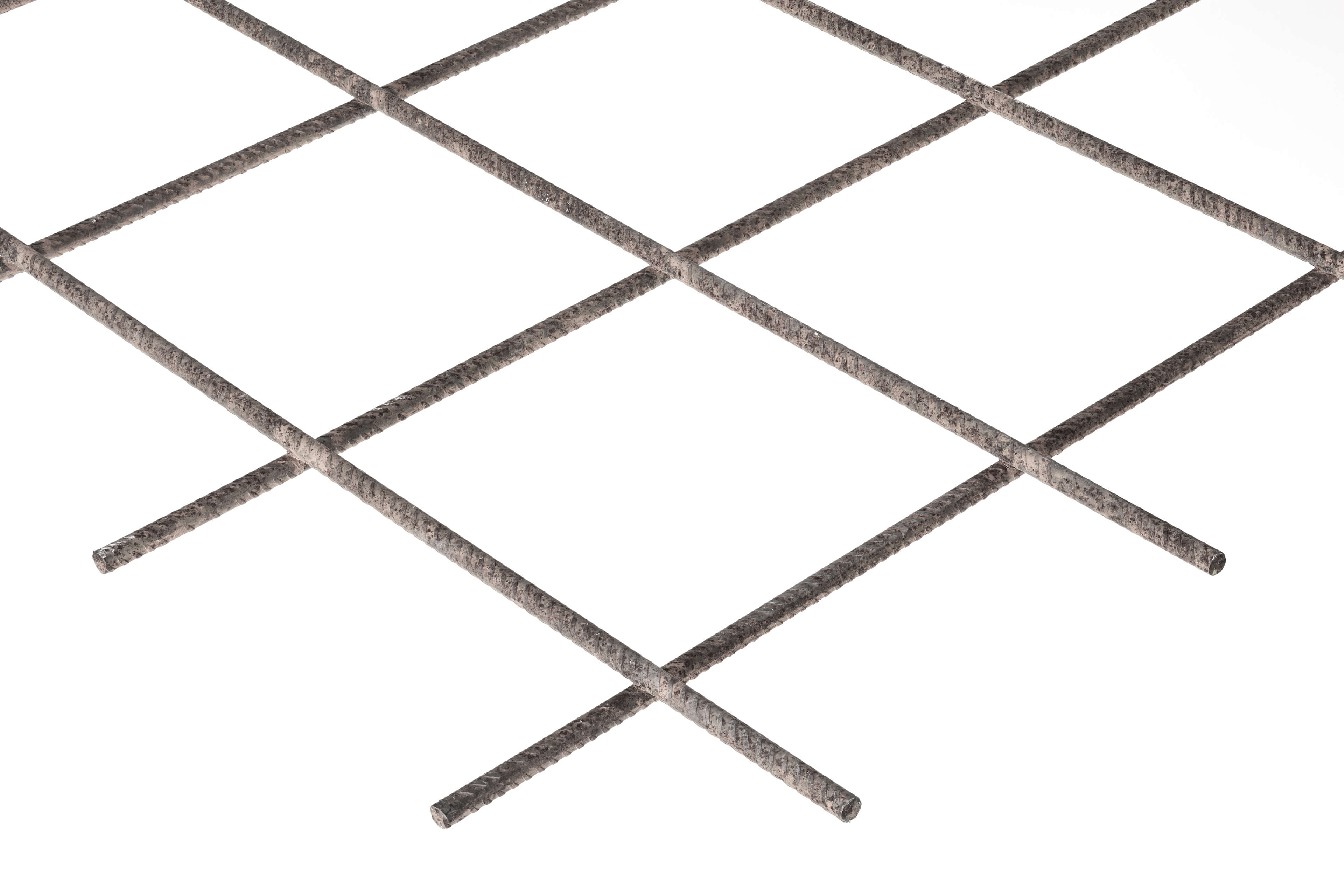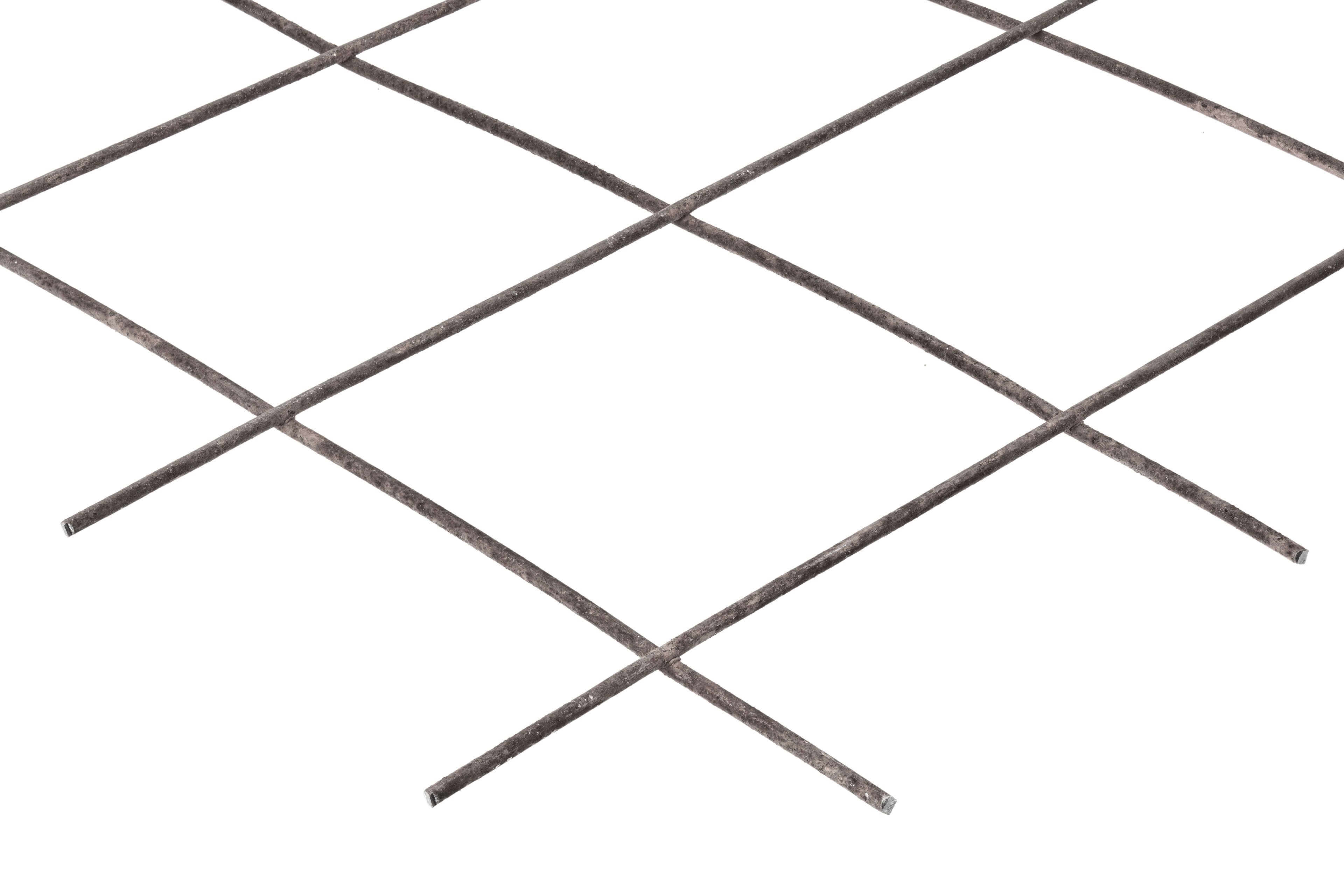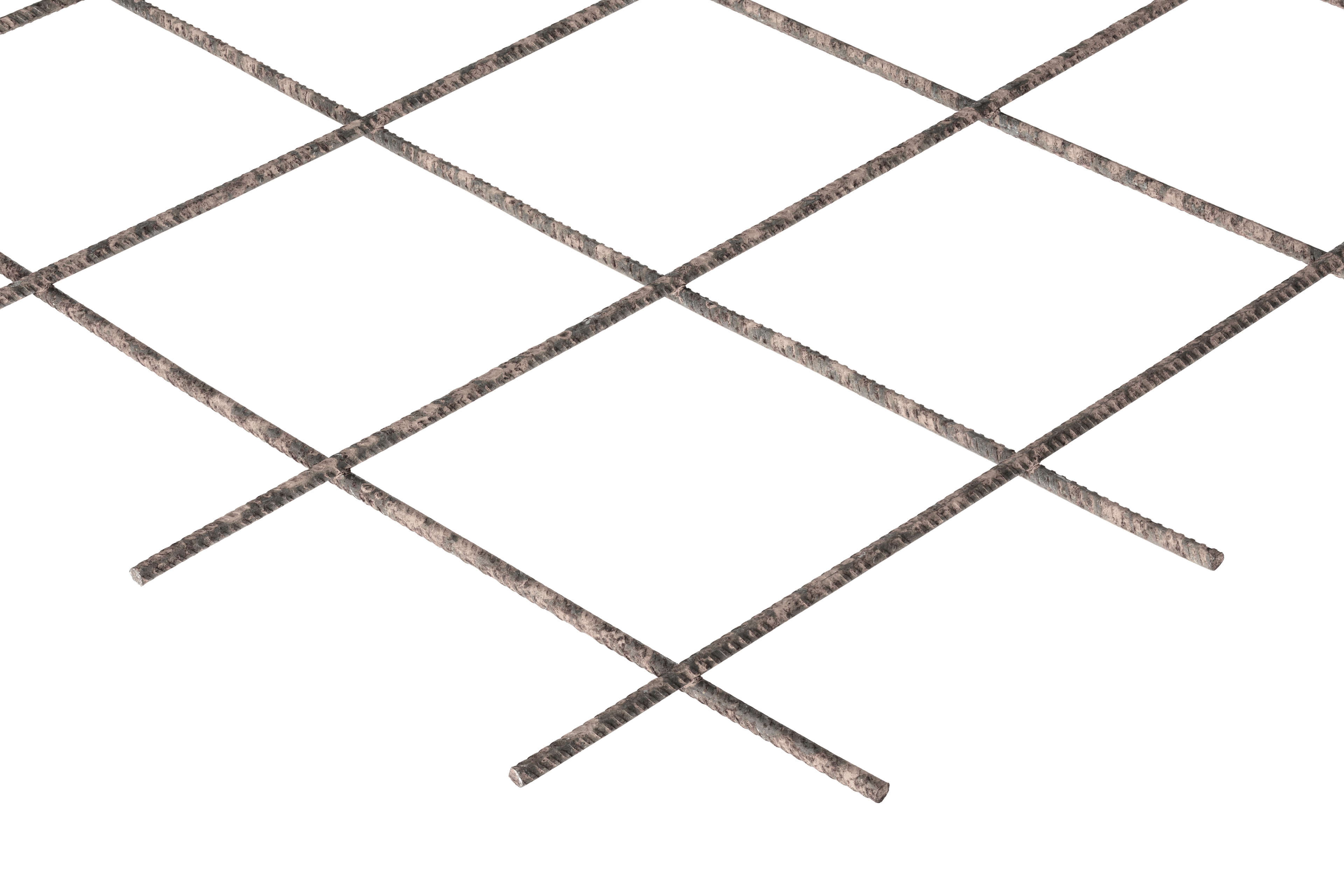Reinforcement Mesh
(8 Products)Reinforcing mesh provides essential reinforcement for cast concrete applications, improving the lateral strength, stability, and durability of concrete slabs, walls, and various other structures. Fully CE-certified, this mesh is crucial for ensuring the integrity and reliability of concrete constructions. It helps impart flexibility to the concrete, reducing the risk of cracking under compressive stresses. Without this reinforcement, concrete structures are more prone to damage and potential structural failure.
What Is Reinforcement Steel Mesh?
Reinforcement mesh, also known as welded wire fabric or rebar mesh, is a grid-like structure made of high-tensile steel wires arranged in a regular pattern. These wires are welded together at specific intervals to form a network of evenly spaced intersections. The mesh is designed to be embedded within the concrete during the casting process, providing tensile strength to balance the inherent compressive strength of concrete.
The rebar lattice is incorporated into the concrete mix before the concrete is poured and becomes embedded as the concrete sets. As the concrete hardens, it tightly bonds with the reinforcing mesh, allowing for effective stress transfer between the two materials. This process significantly enhances the structural rigidity of the project, helping distribute loads more evenly across the structure and reducing the risk of cracking and warping.
Why Steel?
One of the prime reasons that steel is commonly used as reinforcing fabric in the construction industry is that it has a thermal expansion coefficient that is very similar to concrete. This means that steel and concrete expand and contract at similar rates in response to temperature fluctuations, which helps to maintain the structural integrity of the reinforced concrete.
Another benefit of using steel mesh for reinforcement is its high tensile strength. Tensile strength refers to the ability of a material to withstand pulling or stretching forces without breaking, which is crucial for strengthening and reinforcing a structure. The combination of similar thermal expansion coefficient and high tensile strength, make steel reinforcement mesh a reliable and robust choice for the reinforcement of building materials.
Applications
Steel reinforcement mesh fabric is commonly used in construction for concrete slabs, walls, and footings of buildings, bridges, and other structures such as:
- Columns and beams: Reinforcement mesh is often placed between the columns and beams of a structure, providing additional support and strength to the concrete.
- Walls: Reinforcement mesh can also be placed within the concrete walls of a building, providing support and stability to the walls as they bear loads.
- Footings: In many cases, reinforcement mesh is placed within the concrete footings of a building, providing support and stability to the entire structure.
- Slab: Reinforcement mesh can be placed on the slab of the building, providing additional support and stability.
- Retaining walls: Reinforcement mesh is also used in retaining wall systems, providing additional support to the wall as it holds back soil and other materials.
Before any work begins, all structural reinforcement designs should be reviewed by a professional and qualified structural engineer.
Benefits
- Enhanced Strength: Concrete, while strong in compression, is weak in tension. Reinforcement mesh adds tensile strength to the concrete, helping to resist cracking under load and ensuring the stability of the structure over time.
- Crack Resistance: Concrete structures are prone to cracking due to factors such as shrinkage, temperature changes, and movement. Reinforcement mesh helps distribute these stresses evenly, reducing the likelihood of cracks forming and extending the lifespan of the concrete.
- Improved Durability: The added strength and crack resistance provided by reinforcement mesh make concrete structures more durable, enabling them to withstand environmental factors such as freezing, thawing, and chemical exposure.
- Cost-Effective Solution: Using reinforcement mesh is a cost-effective way to improve the performance of concrete. It helps reduce the need for more expensive reinforcement methods while still providing significant improvements in the overall structural integrity.
- Versatility: Reinforcement mesh is versatile and can be used in a wide range of concrete applications, including floors, pavements, foundations, walls, and industrial concrete projects. It is also available in different sizes to suit various project needs.
- CE Certification: Most high-quality reinforcement mesh is CE-certified, ensuring it meets stringent European standards for construction safety and performance.
Frequently Asked Reinforcement Mesh Questions
In Mesh Product Names, What Do The Numbers Refer To?
The British Standard denominations (such as A193, or B785) you see within standardised mesh fabric product names make reference to the cross-sectional areas of steel per metre squared. For example, A193 mesh contains 193 square millimetres of steel per every 1M width of the mesh.
We stock the following reinforcement mesh products at Materials Market:
What Accessories Support Reinforcement Mesh?
Reinforcement mesh should be supported at regular intervals from below with the following purpose-made accessories:
- Hystools (Specialised tools for handling and installing reinforcement mesh or steel bars in concrete construction, often designed for efficiency and precision during setup).
- Wire Ring Spacers (Small, circular wire structures used to maintain the correct spacing between reinforcement bars or mesh and the concrete form, ensuring proper cover for the reinforcement).
- Concrete Bar Spacers (Small concrete blocks or supports used to position rebar or reinforcement bars at the correct height and spacing within the concrete formwork during pouring, ensuring proper concrete coverage around the bars).
- Grade Plate Spacers (Metal or concrete plates placed under rebar to ensure the bars are set at the correct elevation or grade level, which helps maintain the proper spacing for strength and durability in the finished concrete structure).
Can Reinforcement Mesh Be Lapped?
When covering a substantial space, especially in industrial applications, overlapping mesh can be utilised. To ensure adequate coverage, it is crucial to overlap the mesh by at least 350mm. When using double-layer mesh, it is important to tie together the two layers.





